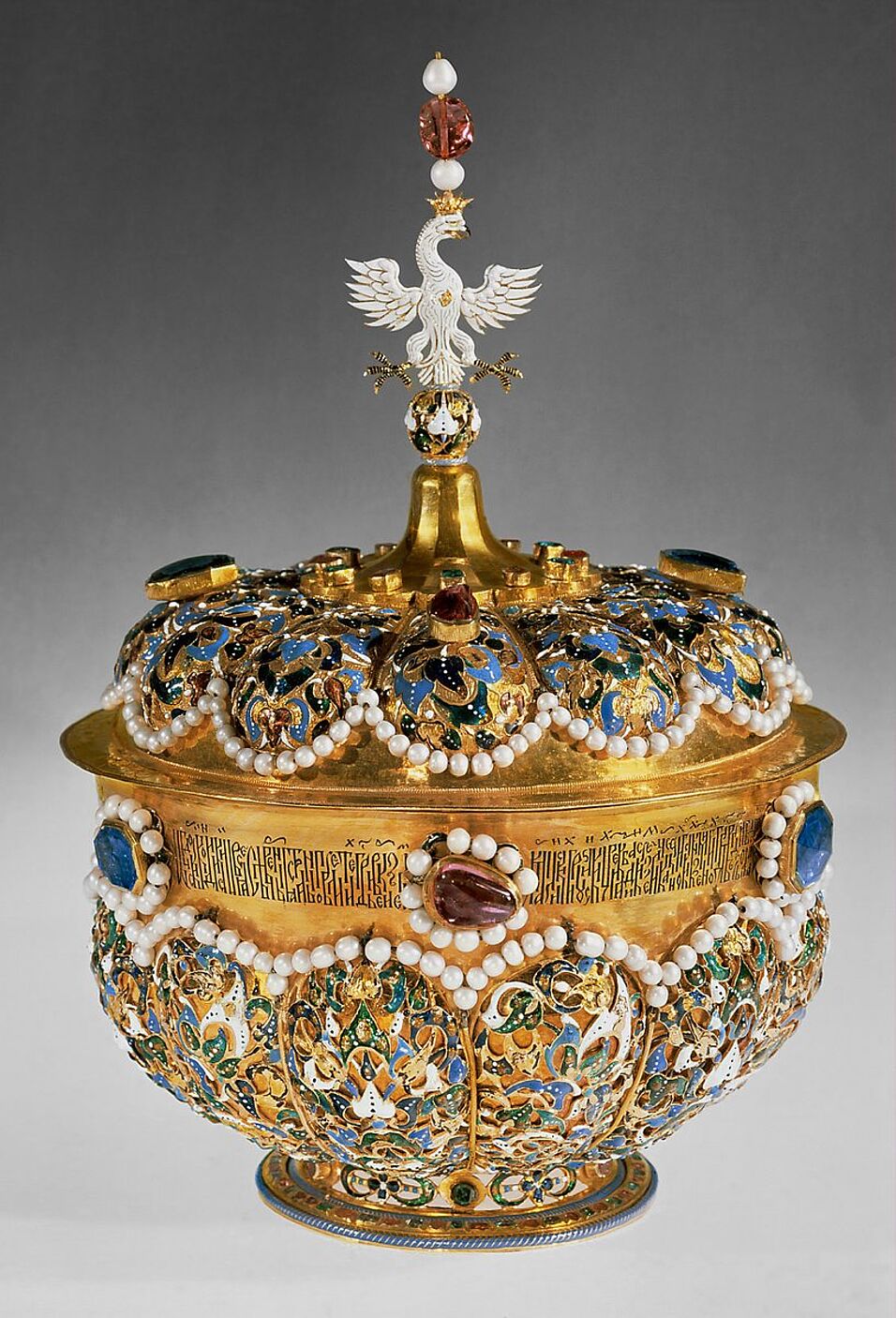Traditional categories essential to cataloguing and describing objects (such as date, maker, and geographic origin) are opposed to the layered processes of creation, circulation, and reinterpretation that characterize much EurAsian material culture in central European collections. Museum labels pinpoint where and when objects were “made.” A methodology grounded in questions related to material histories shifts the emphasis to layering and adaptive reuse. These questions open new spatial and temporal contexts for objects, placing them more firmly in global circuits. The goal of this workshop is to bring these material entanglements to the surface and develop concrete measures that make them more visible to both scholars and the general public. To do so, the workshop brings together a group of international experts with Austrian collections and stakeholders to present cutting edge research and explore new avenues for teaching and outreach that place Eurasian materials at the center of thinking about Central European collections.
This talk on the Eurasian gem trade will discuss the dramatic increase in production of jeweled objects in seventeenth century Europe, contextualizing their manufacture within European participation in the Indian Ocean gem trade, the source of the majority of the gems used in Europe before the eighteenth century.
Find more information about the workshop [here].

